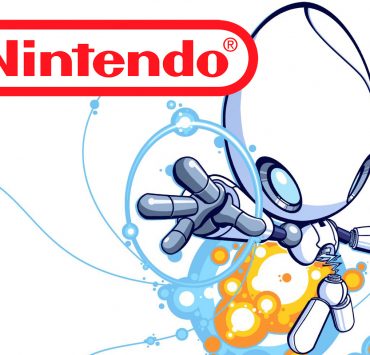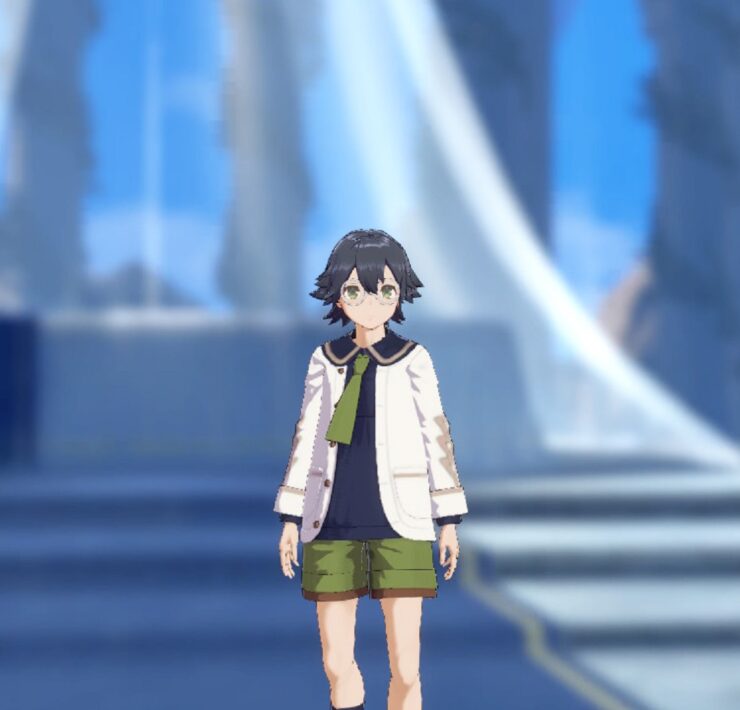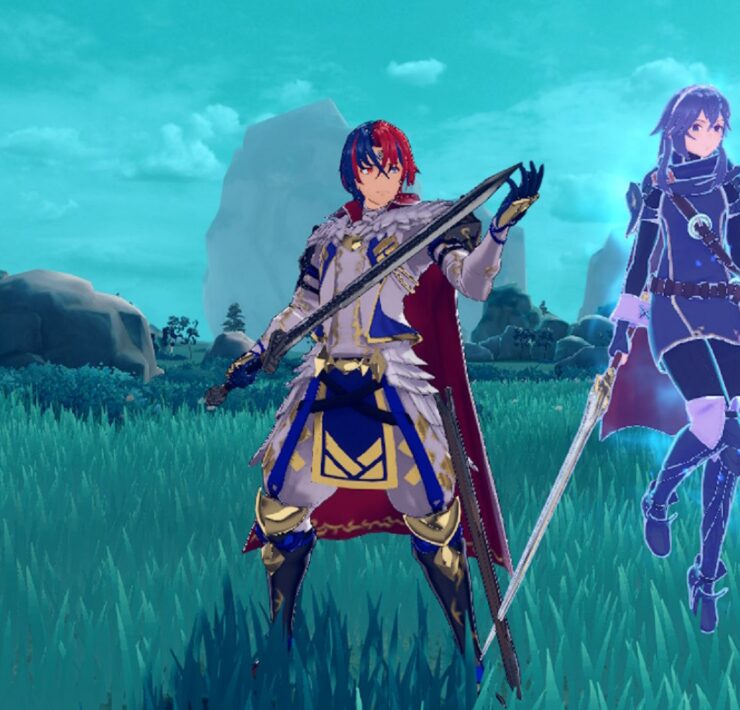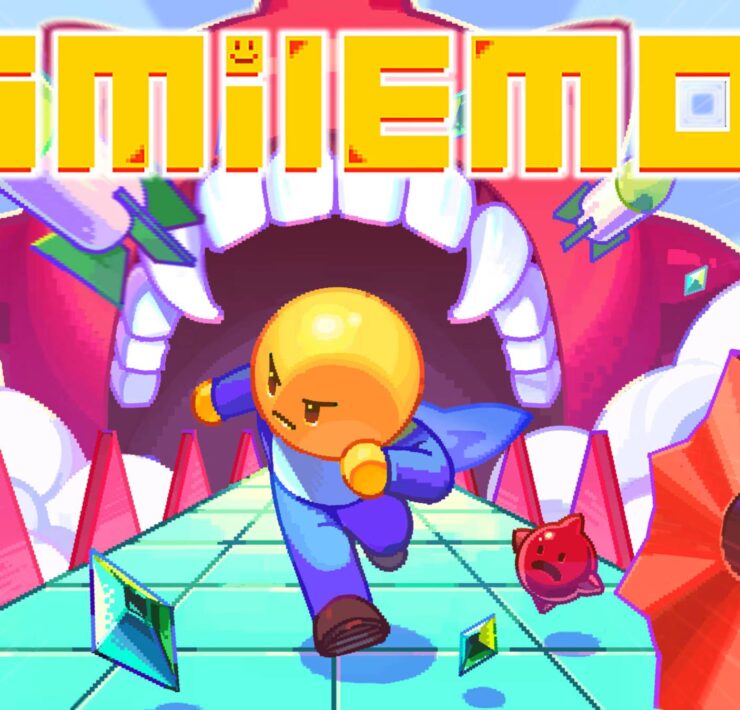The Legend of Heroes: Trails of Cold Steel III Switch Review
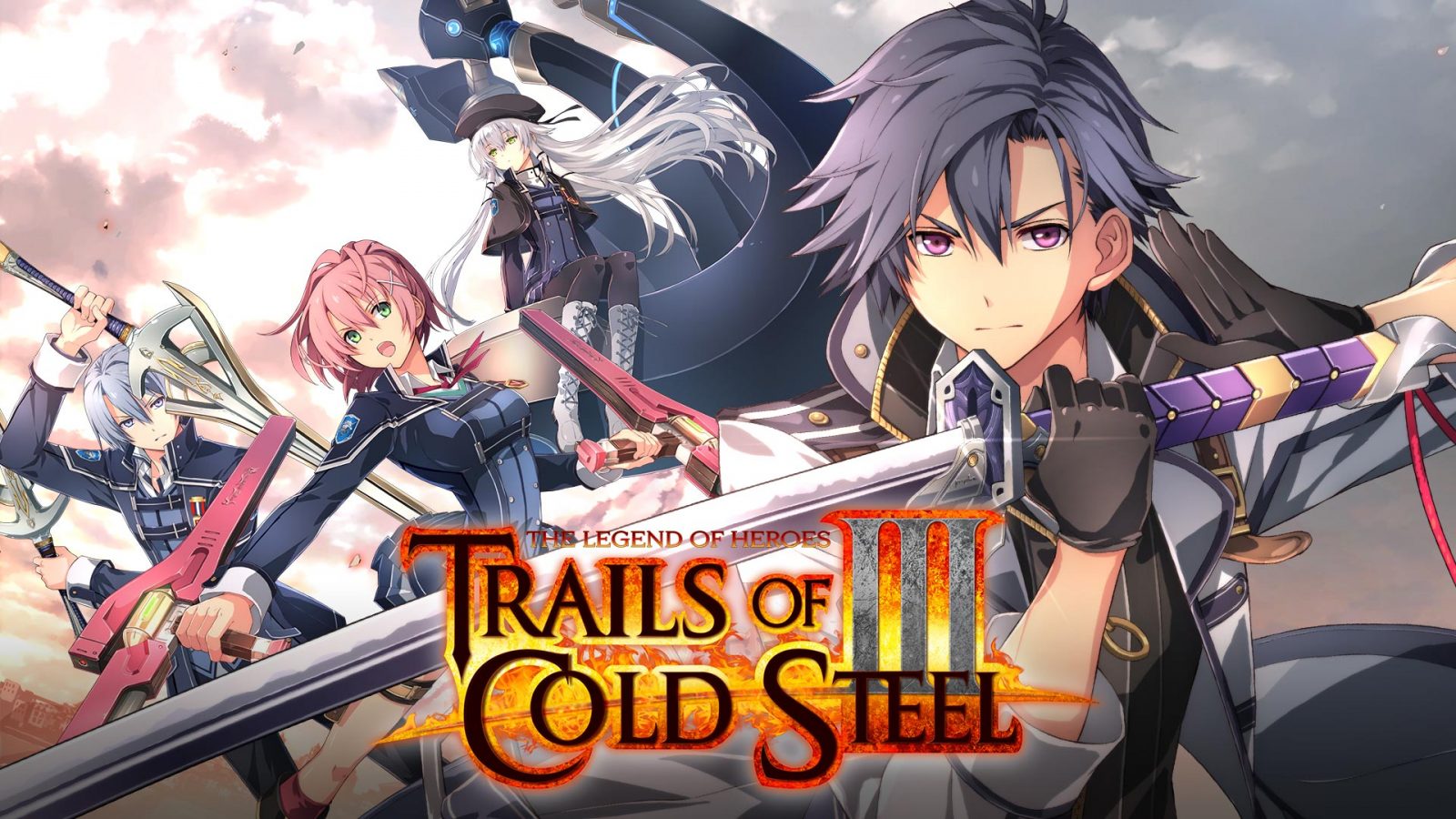
Trails of Cold Steel is a series of games in the long-running The Legend of Heroes series from Nihon Falcom. This series has an enormous and dedicated cult fanbase, and I actually found the time to dive into this trilogy (for now – fourth game coming soon) only a few weeks before being handed a review copy of Trails of Cold Steel III for the Switch. As such, this is going to be a different kind of review.
The reason for that is because Falcom and NIS America have, at time of writing, decided to port only the third and newest game in the trilogy to the Switch. A big question many potential fans are probably asking is: can I start with Trails of Cold Steel III? And the answer to that is “yes, but…”. The game does a good job of catching new players up with its world and characters, but that job is not quite good enough.

This is an intensely deep trilogy of games in an extravagantly grand and expansive fantasy world. Many long-time fans don’t even recommend starting with Trails of Cold Steel at all, let alone the third game. That said, if you only have a Switch and you’re desperate to try the series out, it’s easy enough to enjoy this game by itself, but you will feel overwhelmed at times and confused when moments that are clearly supposed to hit hard don’t hit hard at all due to a lack of context.
This has been a long introduction but it’s necessary thanks to Nintendo’s odd choice of porting over just the third game. With that in mind, I will be reviewing this game for fans and newcomers alike, looking at it from multiple angles at once.
A final note before we begin: I have played the first game in this trilogy but not the second (yet) and so I only felt half prepared for what I experienced in Trails of Cold Steel III. This is why I know that starting with the third game is possible but not recommended.
The Trails of Cold Steel series is set in the country of Erebonia, a place which underwent a sudden and exponential industrial and electrical revolution (known as the Orbal Revolution) fifty years prior to the events of the series. This revolution created an interwoven train network, the invention of cars, and even a kind of cellphone.
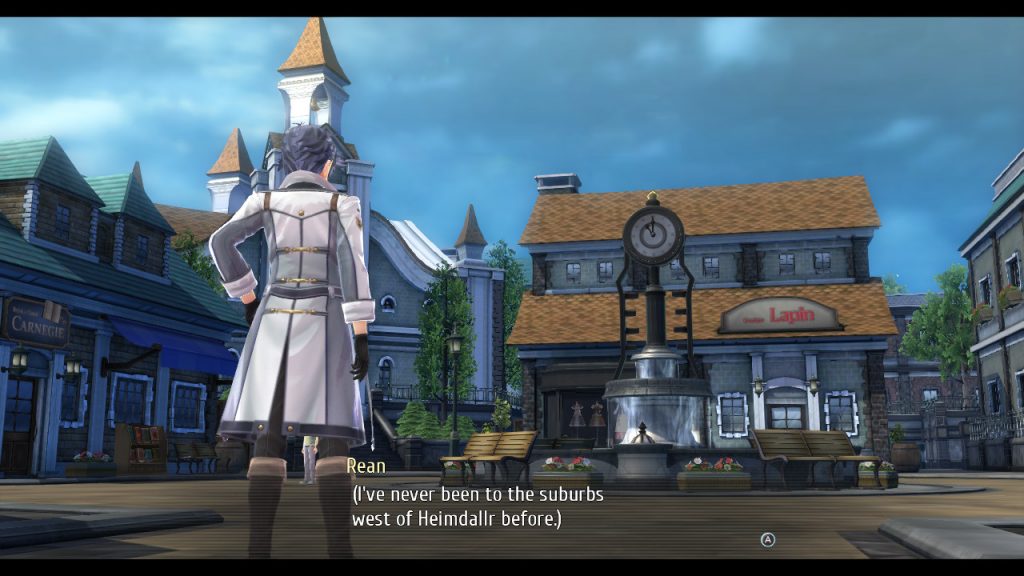
In the first Trails of Cold Steel game, you play as Rean Schwarzer, a young man who enrolls at a military academy as whispers of a civil war grow louder. Rean and his class are your primary party of protagonists: a varied and lovable bunch. In this third game, you are still playing as Rean but – following two wars and a massive political, economic, and social shift in the country – he is now not only a graduate of Thors Military Academy but a war hero and a newly fledged teacher at that same school. The student has become the master.
The game begins in an eerily similar way to the first game in the series: a prologue sets you several months into the game’s story, with you commanding a team of student militants as they raid an enemy base and engage in intense combat. This team is your new cast of student protagonists, with Rean being their teacher and fellow soldier. After the prologue, time winds back three months and you take control of Rean as he arrives at the school, this time as a member of staff.
The story is introduced gradually and unfolds slowly, but there is still a lot of information made unclear to those beginning with Trails of Cold Steel III. As someone who has played the first game but not the second (yet), half of what I saw was familiar and exciting; half was a revelation which lacked a lot of impact but was explained well enough for me to follow and catch up on the events of the second game.
In true The Legend of Heroes fashion, this game’s story is a heavy one. There’s nothing else to compare this series’ storytelling and worldbuilding to except a fantasy epic. No JRPG – no video game series at all – comes close to the breadth and depth of worldbuilding and lore present in this series. If you’re a fan of fantasy literature, if you’ve read the novels of Robin Hobb, Joe Abercrombie, George R.R. Martin etc, then you can see and appreciate the scale of this game’s world, as well as its character writing, political scale, class system, history, and lore. It’s an intense story with a lot to follow, but it is told clearly and eloquently, with truly phenomenal localisation from the original Japanese. In fact, the writing here is stellar throughout.
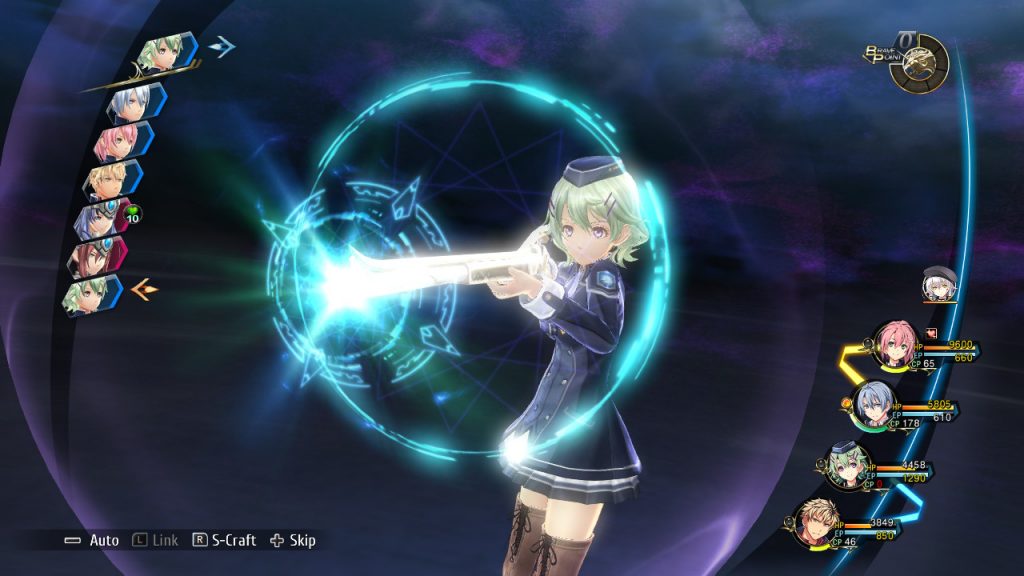
If you’ve played the other games in the Trails of Cold Steel series, the gameplay here will feel very familiar to you. If you haven’t, it’s still nothing groundbreaking or unusual. This game provides a serviceable, addictive, and satisfying combat loop that keeps your mind electrified and engaged from start to finish.
The combat is the nitty gritty of the gameplay, like with any JRPG. Here, it’s a turn-based battle system with players commanding a party of up to four characters at a time. Encounters are not random; enemies appear on the battlefield and this gives you the chance to sneak up and hit them from behind to trigger a battle in which you start off with the upper hand. From there, combat is your typical JRPG affair.
During battle, you have attack, magic, skill, and item options. Magic is known as Arts and skills are known as Crafts. While in the first game you cycled through a wheel of options at the start of each turn, here you have them mapped to your face buttons and your d-pad, which makes for a more streamlined and intuitive, if minor, change. Crafts are your most useful tools in battle; they require CP to execute, which builds when you attack or get hit. Using Crafts depletes your CP but also restores it a little upon a successful hit, so you almost never run out.
Very little has changed in the combat system for Trails of Cold Steel III. One main difference is that combat simply looks flashier. The special attacks (known as S-Crafts) now have more dramatic and exciting animations tied to their execution, and a new mechanic is introduced: Brave Order. A Brave Order is a buff which you can use in combat to support your party and it doesn’t take up a turn, just like S-Crafts.
Outside of combat, gameplay mostly consists of exploring the world, chatting with NPCs and party members, completing side quests, and enjoying mini games such as cooking and fishing.
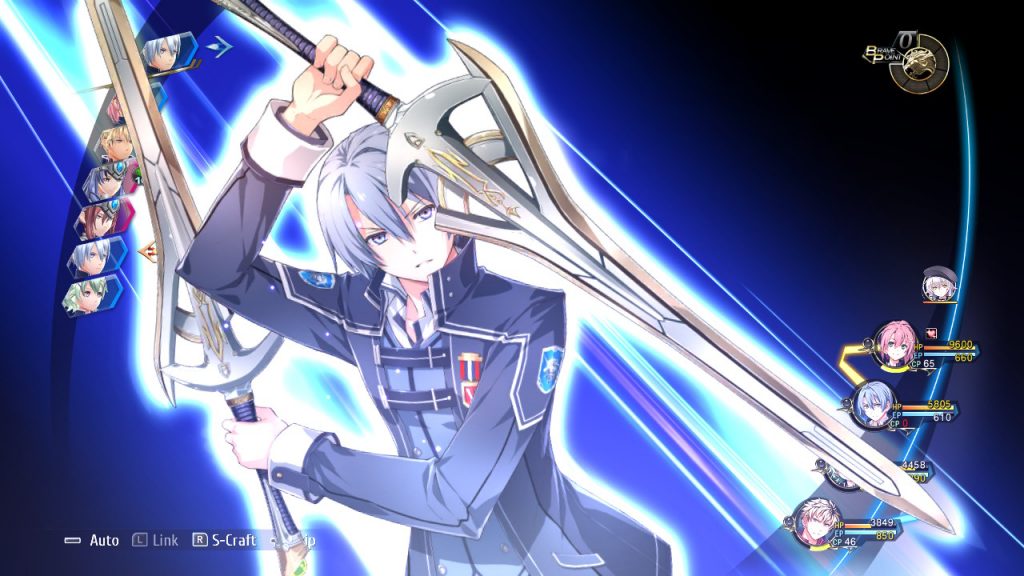
Something that makes this series so wonderfully unique is the amount of attention and detail that has been put into each and every NPC. As the story moves forward, random NPCs like shop owners have new things to say, demonstrating a unique personality and perspective from every single person you meet. This is no different here, and you can also spend your free time doing favours and chatting with other primary characters in order to strengthen your bond with them.
Something which was introduced to the PS4 ports of Trails of Cold Steel I and II was the Turbo Mode. Renamed “High-Speed Mode” in this game, it is a fantastic tool which allows you to heighten the pace during combat and when exploring the field and hub areas. This series is slow, both in terms of overall narrative and individual moments of dialogue. Liberal use of this mode is definitely encouraged to speed up slower segments and to get through combat with a little more pace (though no dialogue should ever be skipped – this is a richly detailed story with fantastic character writing, and you should spend as much time talking, listening, and reading as possible).
The music of Trails of Cold Steel is a stand-out aspect of the entire series. The composers have, time and again, delivered a bombastic, layered, complex, and expansive soundtrack of militaristic tracks and soft melodies. These games shift in tone and theme often, and whatever you’re up to in-game there is a track that perfectly fits the mood. Whether you’re in combat, dungeon-crawling, shopping, relaxing, strolling through town, teaching a class, exploring a new location, or taking part in an intense dialogue sequence, the music perfectly fits the mood.
The music for this game is recognisable to fans of the first two games. What you’ll find here are mostly brand new tracks which perfectly fit the series’ brand, as well as a few recognisable tracks that have been remixed and expanded upon.
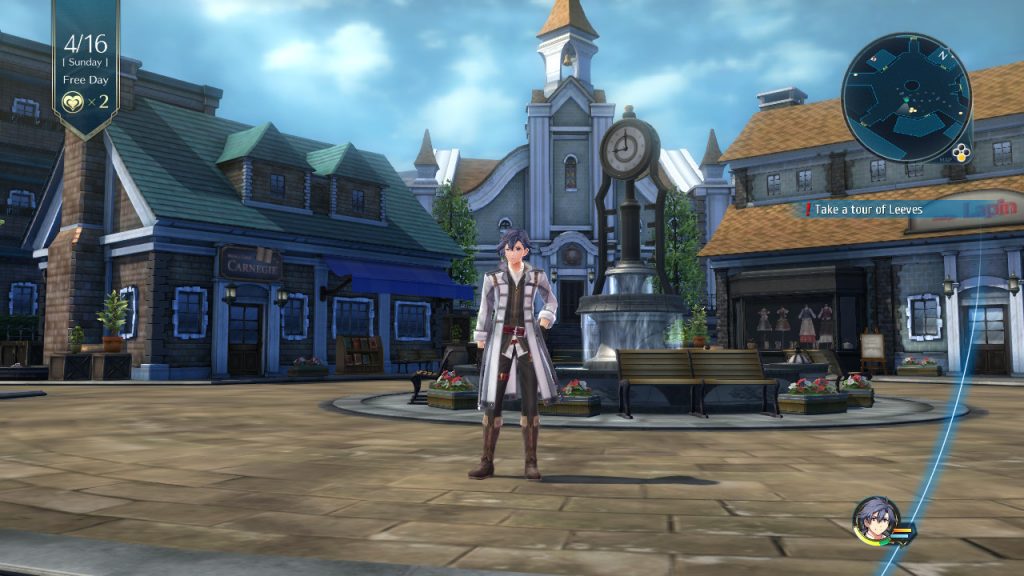
As for the vocal performances, they remain consistently strong throughout. There isn’t a weak acting performance to be found. The game’s graphical power makes it clear what kind of a budget Falcom are working with, and yet the quality of English voice acting is absolutely top-notch. The only noticeable difference here, compared to the PS4 editions of the first two games, is which lines are voiced and which aren’t. In the first game, the more serious moments were voiced and most of the dialogue which takes place on the field wasn’t. In Trails of Cold Steel III, voices come from nowhere during conversations that are just written text until, suddenly, they aren’t. And, occasionally, a chat between two people will have one of them voiced and the other silent.
A negative to the music in this game, which may well be a Switch-specific problem, is that it lacks a lot of clarity and bombast. It sounds a lot more compressed than previous titles, and I can’t help but wonder if that has something to do with the porting of the game over to Switch. If that is the case, it’s lazy and could have been avoided. The complete opposite issue to what happened when Dragon Quest XI was ported to Switch.
For players who are new to this trilogy, Trails of Cold Steel III has all the visual trappings of a low-budget JRPG. It doesn’t have the dynamic style and visual flair of Persona 5 or the ridiculous polish, animations, and textures of Final Fantasy VII Remake. In fact, it has all the textures and animations of an early PS3 game. But none of that matters. If ever a series existed to prove that graphical power is secondary to good writing, characters, music, and combat mechanics, it’s Trails of Cold Steel. The series sells itself on its interconnected world of complex politics, war, and class systems, not on its movie-like visual quality.
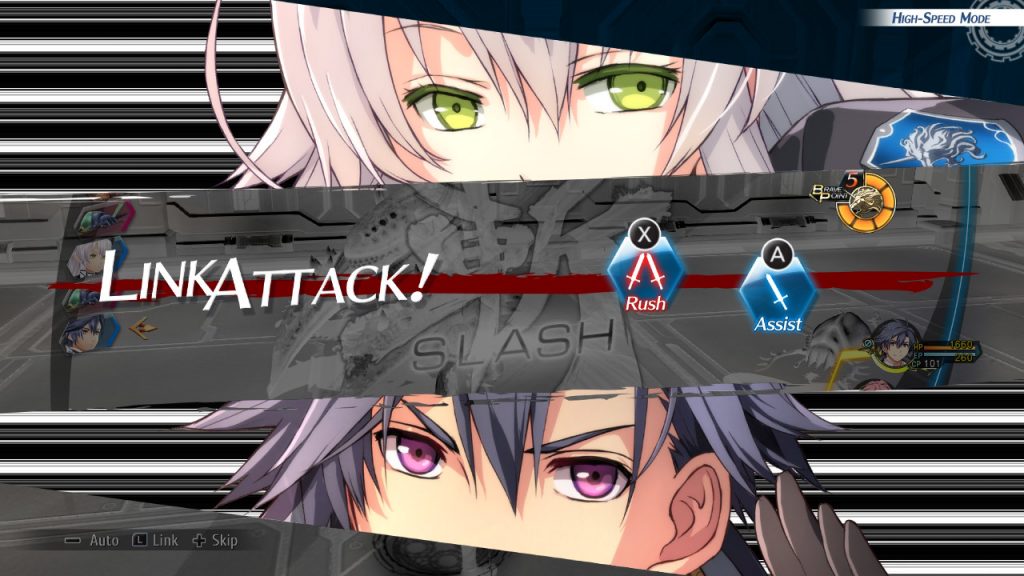
What the game’s visuals lack in graphical power, however, they make up for with an established and unique brand of art. In true JRPG fashion, Trails of Cold Steel III opens with two unique anime cutscenes, and each character model has an anime equivalent which is shown off in menus and during certain combat moves. Beyond that, the design aspect of the main game is very confident. The design of towns and cities, down to the bricks and mortar, as well as the vehicles, the clothing and accessories, weapons and items, everything has been meticulously thought out to give the world and its people a firm sense of identity. That is, perhaps, the entire series’ biggest selling point: identity. The visuals and design work to support the lore, history, politics, geography, social systems, and everything else that has been written into this trilogy.
For those who have played the first two games, this one does demonstrate a marked improvement in graphical quality. Character models are softer, with their angry edges smoothed out and textured. Details like how Rean’s coat flutters as he runs are a nice improvement. Hair is softer, clothes have more rich and dynamic colour palettes, and mouth animations during dialogue are more impressive. None of this is groundbreaking, but it is certainly welcome.
There are two downsides to the visuals, however, and both may well be related to the Switch port specifically, though I haven’t played this game on another system to be able to say for sure. The first issue is a noticeable if minor drop in framerate during busy combat segments (though this is helped along by using “high-speed mode” during combat). The second is an odd kind of motion blur which happens around the edges of character models and even the HUD during combat. Regardless whether it’s the characters or camera that’s moving, there is a fuzziness to the edges of their hair, clothes, everything. During combat, this leads to important numbers like HP becoming blurry and it’s an unavoidable distraction. Having seen PS4 footage of the game, I’m fairly sure this issue is unique to the Switch port, which is a real disappointment for Switch players.
Few games offer this much in terms of value. You’re getting an 80+ hour JRPG experience with a solid and satisfying gameplay loop, an enormous, rich, and colourful cast of characters, and a deep and broad world of vast lore, politics, and history. The music is Final Fantasy levels of quality; the voice acting is consistently strong; the art style is distinct and serves to support the lore, themes, geography, and design of the world. Quite simply, there is so much to immerse yourself in here. So much to see, so many people to talk to and bond with, so much to learn and discover, and so much enjoyment and satisfaction to be found.
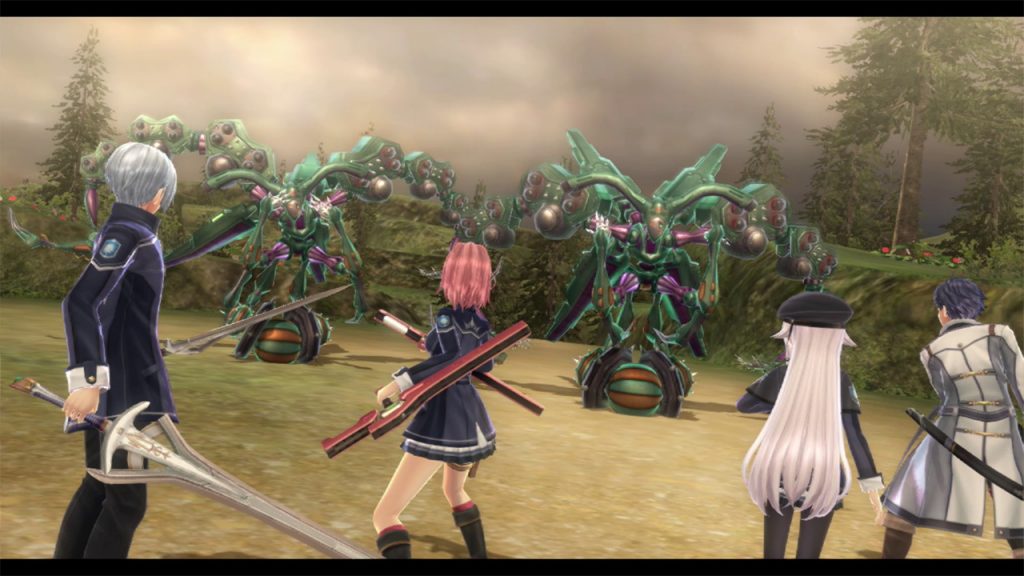
The unfortunate reality, however, is that the Switch port of Trails of Cold Steel III is not its best version. The music is compressed, the animation and camera movement leads to motion blur, and the frame rate slows down for no excusable reason during combat. It’s a shoddy port, to put it bluntly. None of this is a deal-breaker, however. If you have a Switch and want to give this series a go, this version will serve you just fine.
Overall, Trails of Cold Steel III is a worthy third game in an already phenomenal JRPG series. It continues to build on an already incredible steampunk fantasy story, giving you more time with the characters you love and introducing more lovable protagonists to get to know. The combat and gameplay loops remain familiar but with enough tweaks to make it feel fresh, and the same goes for the improved music and visual design.
For newcomers to the series, Trails of Cold Steel III isn’t the ideal starting point. However, it certainly can be. If you have a Switch and you’re intrigued by this series, please pick this game up. Few JRPG series’ can live up to the staggering worldbuilding, lore, and character writing of the Trails of Cold Steel series.
Trails of Cold Steel III Review provided by Nintendo Link
Developer: Nihon Falcom
Publisher: NIS America
Release Date: June 30, 2020
Price: $59.99, £53.99, €59.99
Game Size: 7.1 GB
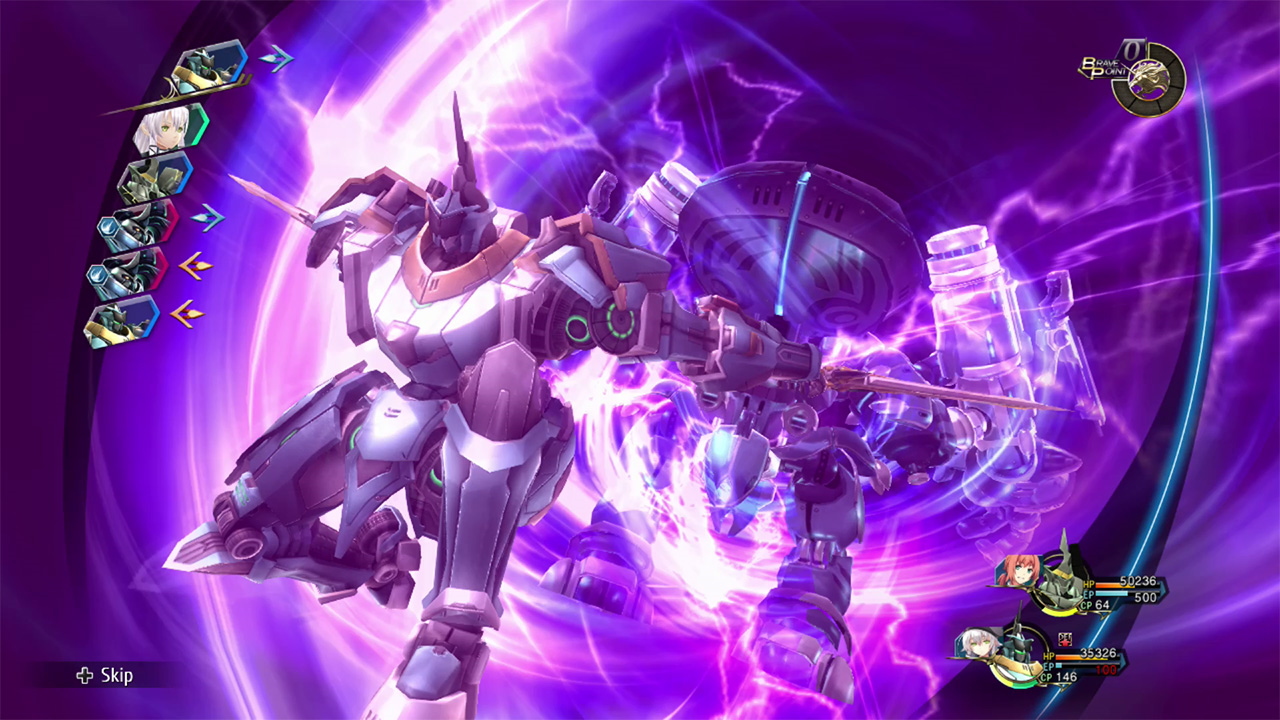
Unparalleled writing, narrative, and worldbuilding
Some of the best music from any JRPG
A satisfying and engrossing gameplay loop
A lazy port to the Switch with poor framerate and motion blur
Not the best looking game in the genre
What's Your Reaction?
Will Heath is a freelance writer and digital nomad from the UK who mostly splits his time between London and Tokyo. He runs the website Books & Bao – a site dedicated to international literature and world travel – and writes about video games for Nintendo Link and Tokyo Weekender.

